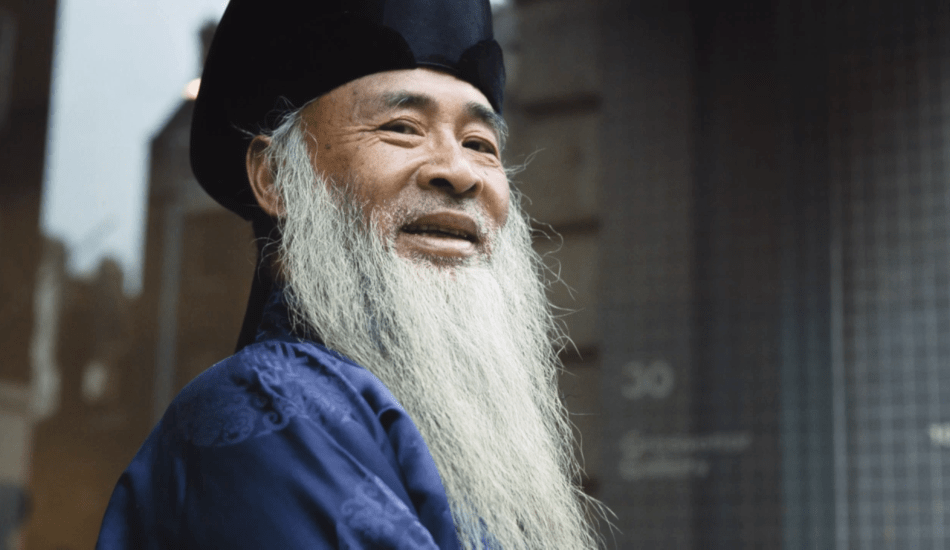If one had to pick some of the best artists China has produced in the last 500 years, Zhang Daqian would certainly top the list for most people. A traditional Chinese painter in his early years, Zhang is renowned as an expressionist and impressionist painter. He is also thought of as one of the top master forgers of the past century.
The artist
Born in 1899, Zhang took to painting at the age of 9 under the encouragement of his mother. His older brother was a successful artist. Together, the two brothers traveled to Japan in 1919. Though Zhang thought of becoming a businessman and pleasing his family, he dropped such thoughts two years later and made a firm decision to become an artist. Zhang soon moved to Shanghai. He also developed a spiritual side that may have contributed to his artistic sense.
In fact, Zhang shut himself up in a monastery in 1919 following the death of his girlfriend and to prevent an arranged marriage. “His time there, where he practices his art quietly while he deliberates his future, would be repeated in other monasteries near Chengdu where he stayed from 1938-1940, then in 1941-1943. His religious nature led him to practice Taoism too. He spends time in a famous Taoist temple in the mountains near Chengdu called Shangqing Gong and lives there intermittently from 1943 to 1948. He found the atmosphere delightful and painted nature scenes, birds, and animals,” according to Daily Art Magazine.

Zhang was so skillful in copying great works of art that people couldn’t distinguish between the original and the forgery. His reproductions of famous art pieces apparently netted him about US$10 million at that time! Some of his forgeries ended up in national galleries, without the art experts ever knowing that they had a fake. Between 1941 and 1943, Zhang stayed in Dunhuang. Zhang became obsessed with the murals at the Mogao Caves dated between the 4th and 14th centuries.
He copied them and studied the paintings in great detail. While earlier, Zhang was known as a master forger, he would now embark on a journey to create a new style that would make him a legend in Chinese art. Zhang developed his famous splash-color painting style called “pocai.” He basically borrowed techniques from Chinese splashed-ink painting and modified them to create his own unique style.
“He used to say that a painter has to be able to paint in large sizes, paint on complicated subjects and paint professionally… Zhang said himself that he developed pocai out of China’s own tradition. But I think he could not be unaffected by modern paintings in the West, staying there so long… It is maybe more fair to say that he was inspired by the way Western artists such as Jackson Pollock painted and created his own style,” Lin Mu, an expert on Zhang, said to Shine.

Interesting facts
In 2011, Zhang surpassed Picasso and became the best-selling artist in the world. The demand for his artwork has been pretty high since then. Both Zhang and Picasso met in 1956, a summit that was called the meeting of East and West. Zhang used to keep a pet gibbon. He was so fond of gibbons that he included the creatures in many of his paintings. There is an interesting story linking Zhang with gibbons.
“The day before his birth, his mother had a very peculiar dream. In her dream, she saw a man with a white beard who handed her a black gibbon and urged her to take good care of it, reminding her that the animal dislikes the smell of meat and enjoys freedom. People who heard the story believed that Zhang was a gibbon reincarnated as he could not stand the smell of raw meat, even though he was a big meat eater,” according to The Value.
Zhang traveled the world extensively. Some of the countries he visited include Taiwan, India, Brazil, Japan, France, and so on. He died in Taiwan in 1983 at the age of 83.
Follow us on Twitter or subscribe to our weekly email








